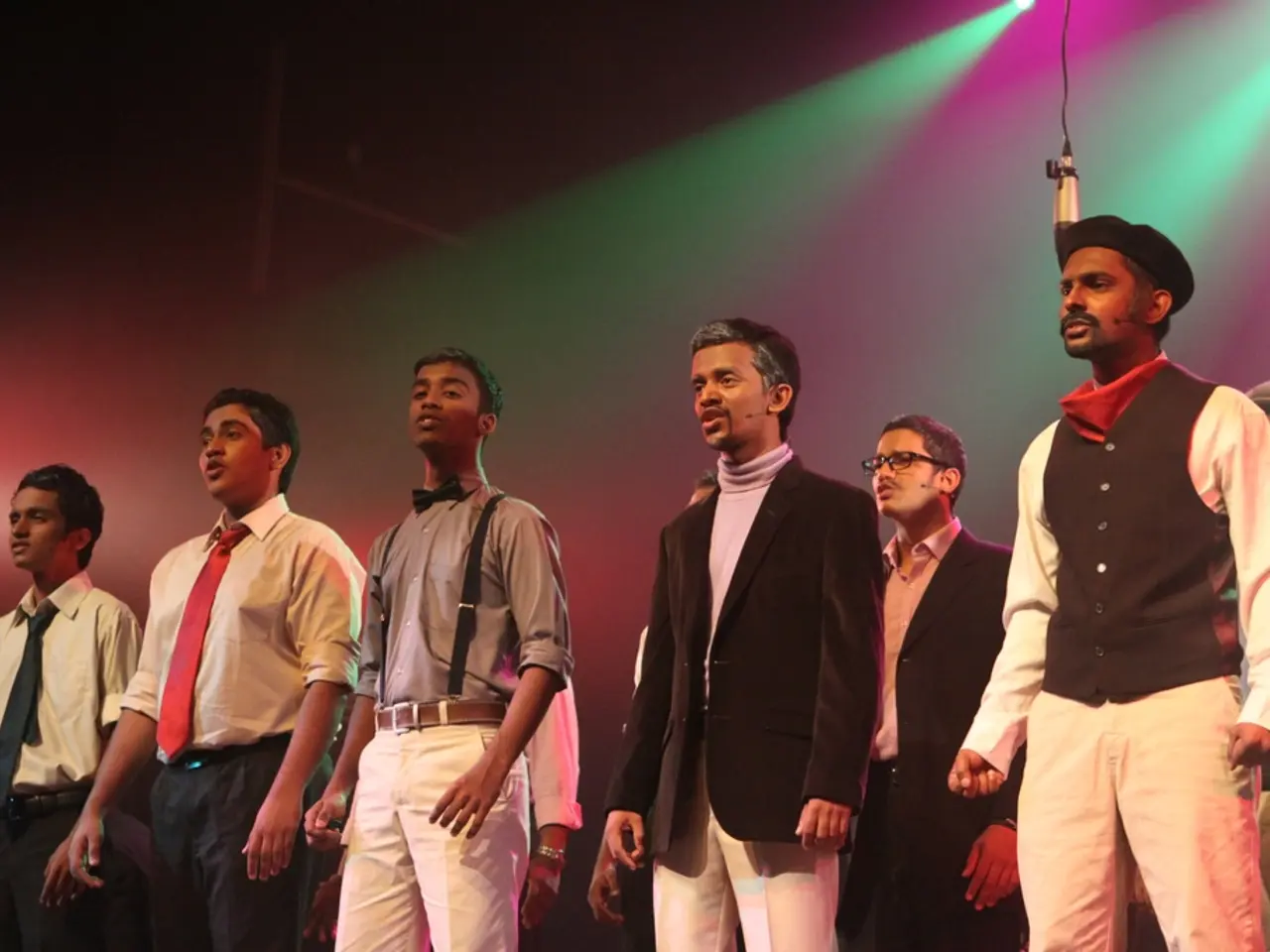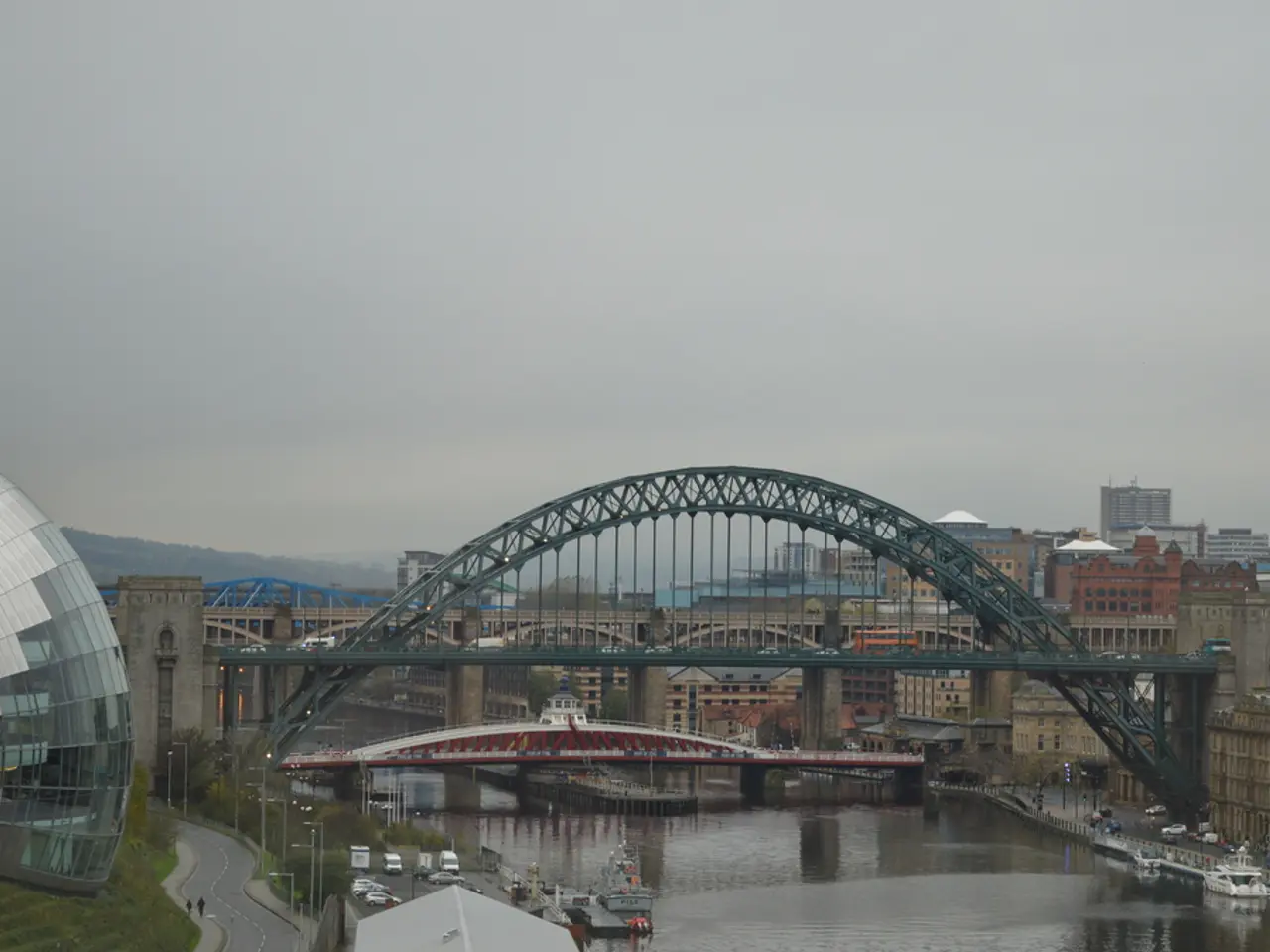Industry's shift towards inclusive storytelling and casting choices, influencing the filmmaking world
In the ever-evolving world of cinema, a significant shift is underway, with a growing emphasis on diversity and representation. This movement is reshaping the industry by fostering richer, more authentic storytelling and expanding opportunities for marginalized voices.
One key aspect of this transformation is the prioritization of intersectional diversity behind the camera. Recognizing that diversity extends beyond gender to race, ethnicity, sexuality, and socio-economic background, enhances narrative depth. For example, the work of women of color editors like Joi McMillon, who edited the critically acclaimed film Moonlight, demonstrates how diverse perspectives can improve emotional resonance and narrative structure.
Another crucial element is inclusive casting and character representation. Major studios, such as Amazon, are setting diversity guidelines, committing to at least 30% women and underrepresented racial/ethnic groups in above-the-line roles. They are also aligning actors' real-life identities with their characters and mandating inclusion of LGBTQIA+, persons with disabilities, and regional underrepresented groups in speaking roles, with a strong emphasis on women’s representation within those categories.
Collaborations across arts and media are another trend that bridges industries and highlights authentic, culturally specific storytelling. Casting musicians like A$AP Rocky in films by directors such as Spike Lee is an example of this, increasing representation across multiple art forms and resonating with contemporary social issues.
The rise of streaming platforms is also playing a significant role in this transformation. These platforms challenge traditional distribution, enabling more diverse voices to reach broader audiences without the gatekeeping of conventional studios. Combined with AI-driven changes in storytelling and production, this democratizes content creation and opens pathways for underrepresented communities.
Mentorship programs are a key trend, with established filmmakers mentoring new voices. Financial support, such as funding and grants, is being provided specifically for projects led by underrepresented groups. These initiatives and programs aimed at nurturing underrepresented talent are emerging across major studios and independent production houses.
This transformation enriches storytelling by offering more nuanced, authentic narratives that reflect the complexity of global societies, enhancing audience connection and cultural impact. It also fosters systemic industry changes, promoting equity in who tells stories and how those stories are crafted and disseminated, ultimately expanding the diversity of perspectives in cinema.
The film industry has witnessed a significant push towards greater representation behind the camera in recent years. This shift towards inclusivity is not only beneficial for the industry but also for the audiences who will be able to see themselves and their experiences reflected on the big screen.
- In Hollywood, directors like Ava DuVernay and Ryan Coogler are championing diversity-and-inclusion, spearheading film projects that highlight the experiences of underrepresented groups.
- The animation studio Pixar has also pledged to increase representation, announcing its plans to ensure that at least 50% of its leads are from underrepresented groups by 2025.
- This focus on diversity extends to the business side of cinema, with venture capitalists investing in fashion-and-beauty brands that champion lifestyle choices and cultural identities.
- Industry festivals, such as the Sundance Film Festival, are also emphasizing diversity in their film selection and providing opportunities for independent filmmakers to showcase their works.
- The streaming giant Netflix has announced a commitment to spend $100 million on African films and series over the next five years, further expanding representation in the global cinema landscape.
- Animation films, like "The Queen of Basketball" and "Finding 'Oumuamua," have gained critical acclaim for their unique storytelling and innovative approaches to filmmaking.
- As the industry evolves to reflect a wider cross-section of society, ongoing discussions about representation and inclusion in cinema are shaping not only the stories we tell but also the way we perceive and engage with the world.
- This transformation is not only about racial and ethnic diversity but also about celebrating differences and embracing a broader range of perspectives in the world of cinema.




